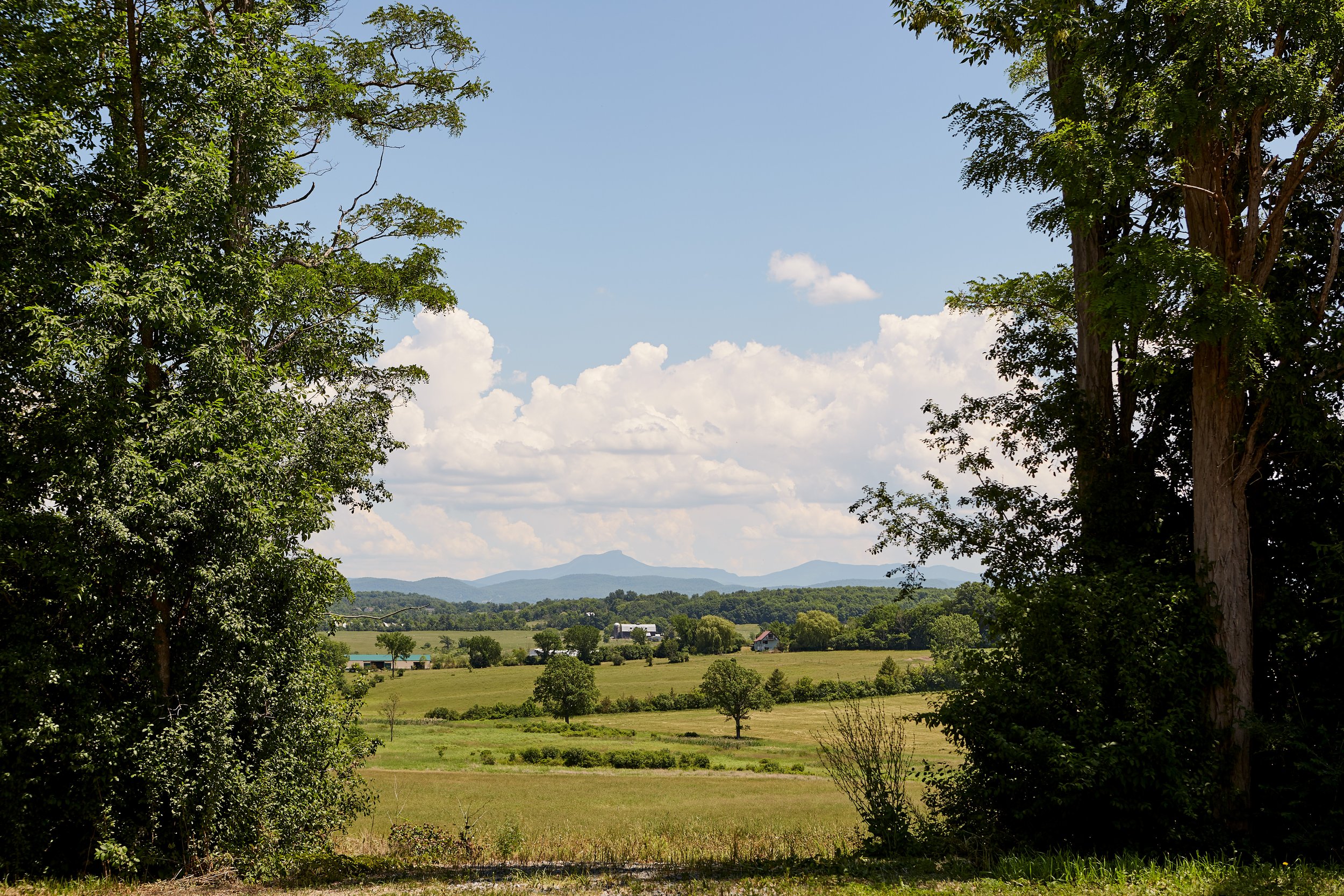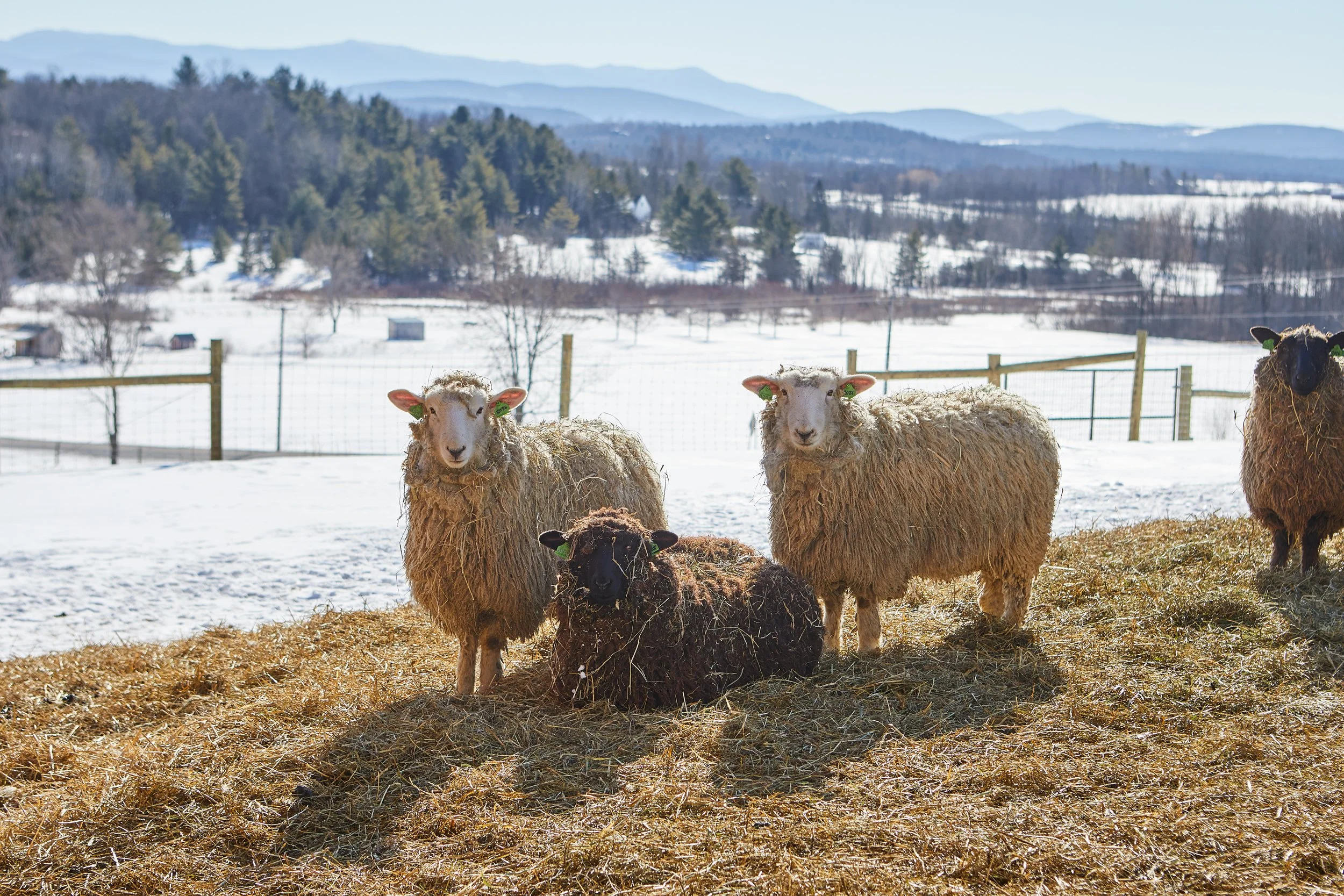There are many factors that go into why a farmer may choose to have livestock or not, and furthermore, what type or species to have. Factors may include their land management goals, access to processing facilities, and available markets. In our first fiber blog, we looked at the long history of textiles, how clothes came to be, and how interwoven plant and animal fibers are with today’s agriculture.
Unraveling the History of Textiles
Over one hundred thousand years ago, during the last ice age, clothing was arguably introduced as a form of survival and protection from the elements. For millennia, and up only until recently, our garments have been solely produced from animal or plant material- many of which are grown or harvested from farm and agricultural processes. Since their origin, textiles have been transformed by cultures and individuals into a representation of status, wealth, personal expression, gender, and ingenuity. To tell a story of the history of textiles, there is a lot of ground to cover.
Financing Resilience in Regional Meat Processing
Our team at Bio-Logical Capital has seen the essential role that meat processing plays in the livelihoods of small and medium size farms – and the working landscapes they steward. Working with Vermont Livestock Slaughter and Processing Company, a small family-owned meat processing business in rural Vermont, represents our translating and convening work across farming, food processing, impact investing, employee equity, and community development.







